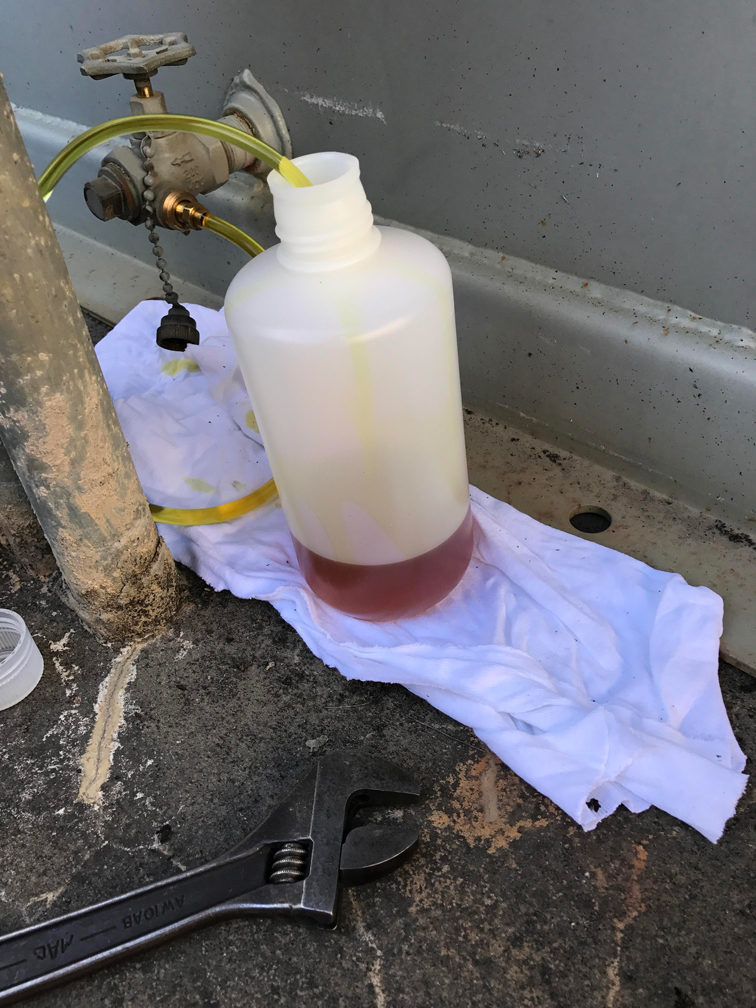Many people do not know what NETA is. Before I can explain my views of NETA, the following statement is directly from NETA’s website. What is NETA? The InterNational Electrical Testing Association (NETA) is an organization that serves the electrical testing industry by offering accreditation of third-party electrical testing firms, certifying electrical testing technicians, producing […]


